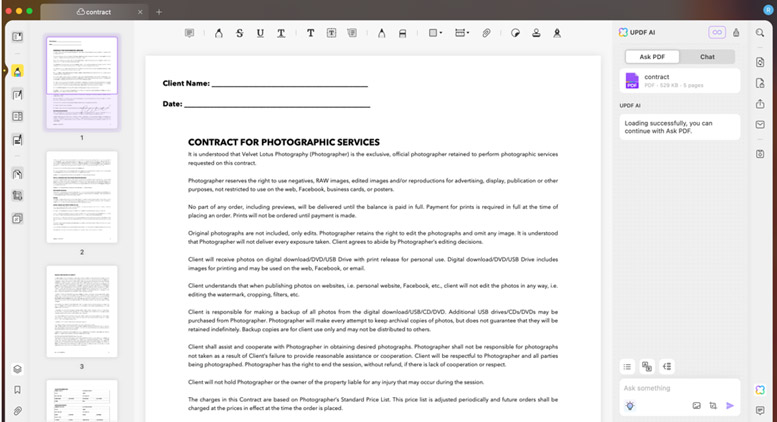Bridge that tape
Remote backups can be an elegant alternative to maintaining expensive and hard-to-control graveyard shifts
We can all agree that the cost of personnel is the most expensive item in any storage budget — and with good reason, we may add, because no storage technology can perform well without the supervision of well-trained and motivated human beings. But sometimes we commit those precious human resources to tasks that would be better attended to in another way or in another place. Consider, for instance, a geographically dispersed company with a central glass house and distributed computing resources at each branch. A bank or a retail chain would serve as a good example, but adjust it to your own reality.
Quite often, distributed computing implies having dedicated backup devices at each location, with at least one person (or two, to cover duties for each other) feeding tape cartridges to those blessed backup jobs during the wee hours. Granted, a company deploying remote replicas won’t have that problem and can centralize backup and restore management at headquarters, but the cost of that kind of solution can be hard to reconcile with a currently underfunded budget.
Are we at an impasse then, when it comes to personnel costs associated with backups? Not quite: A few solutions are emerging that can solve that problem with aplomb and without calling for special financing. Although they differ in technicalities and target different budget capacities, these solutions have one goal in common: to extend the reach of backup devices across a WAN, in essence fooling a backup server into believing that a tape located thousands of miles away is instead close by.
CNT, for example, recently added tape pipeline capability to its UltraNet Edge Storage Router. You can attach an UltraNet Edge to the backup server in your branch, install the same box at the tape library in your central IT location, connect the two routers with a fast WAN connection, and voilà: You can now run a variety of backup applications across the continent, from your San Francisco servers to your New York tapes.
An UltraNet Edge box starts at $18,000, but depending on your wallet thickness and business requirements you can add data compression and fail-over features and choose from a variety of connectivity speeds. Either way, CNT promises to make the most of your bandwidth by filling each frame to its maximum capacity, and it will compensate for latency-related hiccups with reliable buffering and error correction schemes for your backups and restores.
Feeling that the CNT solution is not in your league? Well, at least you still have those third-shift operators running backups all night. But keep your eyes peeled for new technologies and focused on this column. Sooner or later you should be able to find a budget-friendly alternative, and you can retrain those night workers for other duties.




